Boudoir photography is a unique and intimate form of art that celebrates confidence, self-expression, and individuality. Often misunderstood, it’s much more than taking provocative photos. Boudoir photography empowers subjects, encouraging them to embrace their beauty and feel confident in their skin. As a beginner, entering this genre can be exciting and challenging. Understanding the nuances of preparation, posing, lighting, and creating a comfortable environment is essential for crafting empowering portraits.
This guide covers everything beginners need to know to start their journey in boudoir photography while emphasizing inclusivity and creativity. From selecting the right equipment to building trust with your subjects, these tips will help you create images that resonate deeply and authentically.

What is Boudoir Photography?
Boudoir photography is a genre that focuses on intimate, romantic, and sometimes sensual images of individuals. While often associated with weddings or gifts for partners, it’s increasingly popular as a means of self-love and empowerment. Boudoir shoots can take place in bedrooms, studios, or any space that provides a sense of privacy and comfort.
Key Elements of Boudoir Photography
- Empowerment: Help subjects feel confident and celebrated.
- Intimacy: Capture raw, genuine emotions.
- Elegance: Focus on artistic and tasteful compositions.
- Creativity: Experiment with lighting, props, and themes.
Preparing for Your First Boudoir Photoshoot
1. Communication is Key
Before the shoot, have an open conversation with your subject. Understand their comfort levels, expectations, and insecurities. Share your creative vision and ask for their input to ensure a collaborative process.
- Discuss Outfits: Provide suggestions for wardrobe choices that enhance their personality.
- Share Mood Boards: Visual references can help align expectations.
- Establish Boundaries: Respect their comfort zones and be clear about what they want to achieve.
2. Choose the Right Location
The location sets the tone for the shoot. For beginners, start with places that offer privacy and good lighting.
- Studios: Professional setups with controlled lighting and minimal distractions.
- Bedrooms or Homes: Add a personal touch to the images.
- Hotels or Airbnbs: Provide elegant backdrops and variety.
Ensure the location feels safe and welcoming for your subject.
3. Gather the Right Equipment
- Camera: A DSLR or mirrorless camera with manual settings allows flexibility.
- Lenses: Use a 50mm or 85mm prime lens for flattering portraits.
- Lighting: Natural light works wonders, but softboxes and reflectors are great for indoor shoots.
- Props: Items like sheer curtains, chairs, or mirrors can add depth and creativity.
Creating a Comfortable Environment
Your subject’s comfort is crucial to capturing authentic images. Boudoir photography requires trust and rapport. Here’s how to create a positive atmosphere:
- Start with Small Talk: Break the ice with casual conversations.
- Play Music: Use a playlist that matches the mood of the shoot and helps them relax.
- Give Clear Directions: Gently guide them into poses while ensuring they feel natural.
- Offer Reassurance: Praise their efforts and show them previews to boost confidence.
Top Boudoir Photography Poses for Beginners
1. The Reclined Pose
- Description: The subject lies on their back with a relaxed posture.
- Why It Works: This pose elongates the body and creates a graceful silhouette.
- Tips: Use soft lighting and focus on the natural curves.
2. The Side Glance
- Description: The subject looks over their shoulder while seated or standing.
- Why It Works: Adds an air of mystery and elegance.
- Tips: Use a shallow depth of field to draw attention to their face.
3. The Draped Fabric Pose
- Description: The subject is partially covered with a flowing fabric.
- Why It Works: Adds texture and creates a sense of allure.
- Tips: Use light fabrics like chiffon or silk for movement.
4. The Mirror Reflection
- Description: Capture the subject’s reflection in a mirror.
- Why It Works: Adds depth and creates a unique perspective.
- Tips: Experiment with angles to avoid capturing the camera.
5. Hands as a Focal Point
- Description: Highlight the subject’s hands as they touch their face, hair, or body.
- Why It Works: Adds emotion and subtle storytelling.
- Tips: Focus on the details and use soft lighting.
6. The Sitting Pose
- Description: The subject sits on the edge of a bed, chair, or floor.
- Why It Works: Creates a relaxed and approachable vibe.
- Tips: Encourage them to lean forward slightly for a natural look.
7. The Back Arch
- Description: The subject arches their back while lying down or standing.
- Why It Works: Emphasizes the body’s natural curves.
- Tips: Use side lighting to highlight the silhouette.
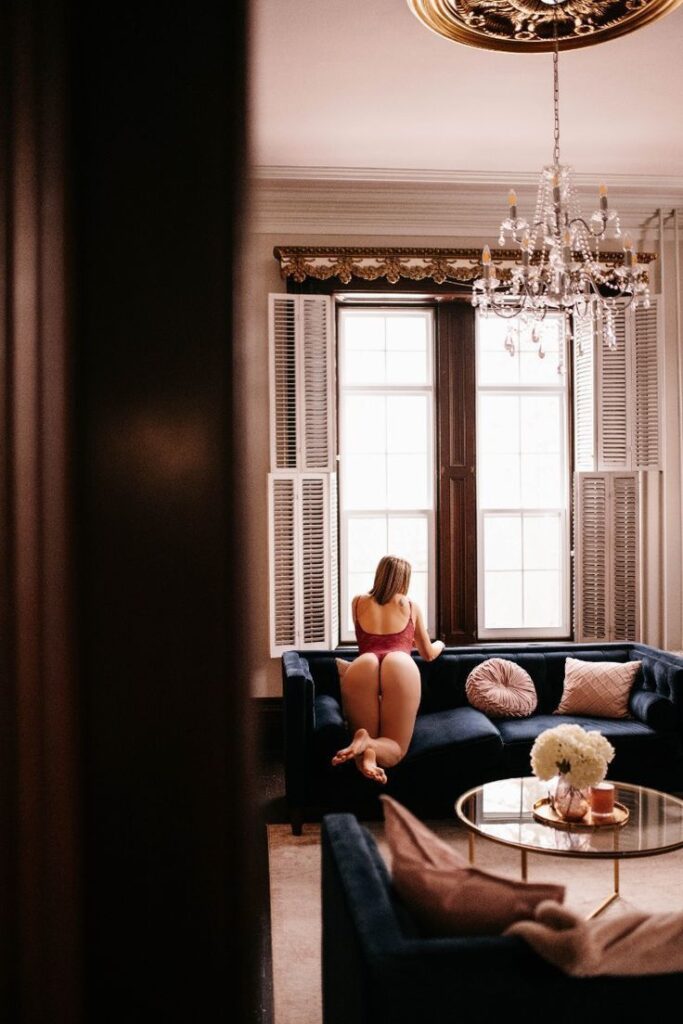
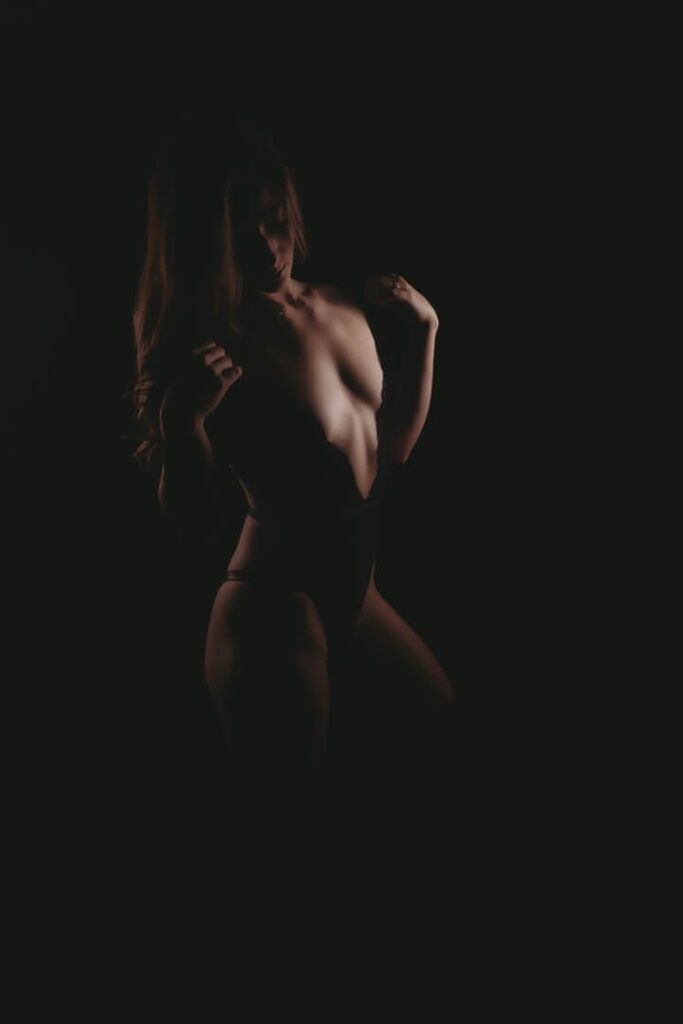

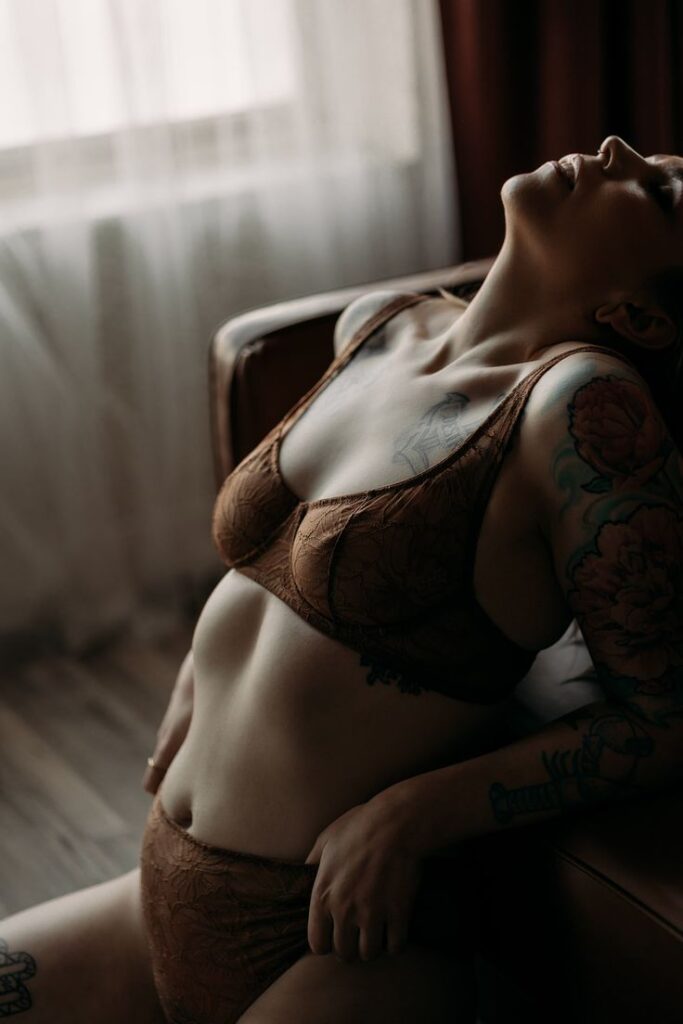
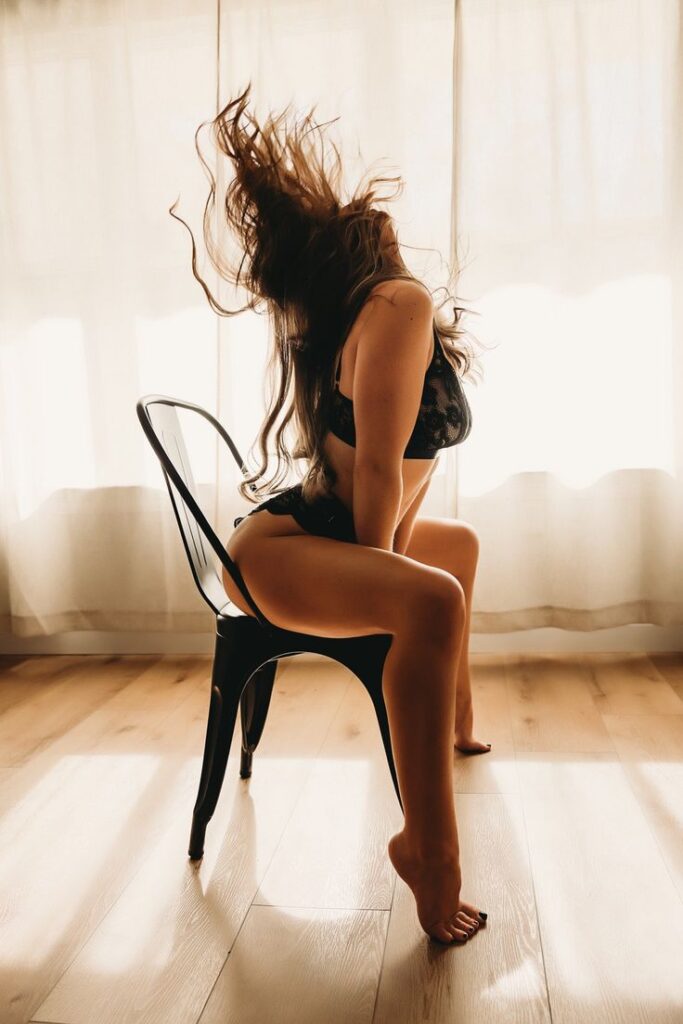
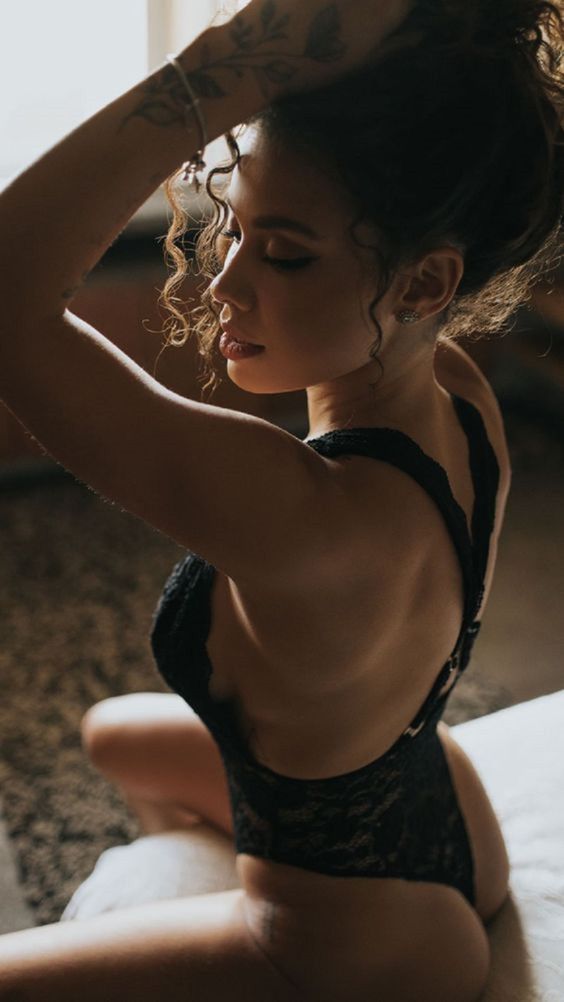
Lighting Tips for Boudoir Photography
Lighting can make or break your boudoir photos. Here are some beginner-friendly tips:
1. Embrace Natural Light
- Use windows for soft, diffused light.
- Position the subject to avoid harsh shadows.
2. Experiment with Shadows
- Use blinds or curtains to create interesting patterns.
- Play with angles to add drama and depth.
3. Invest in Softboxes
- Softboxes mimic natural light and reduce harshness.
- Position them at a 45-degree angle for flattering results.
Editing Boudoir Photography Photos
Post-processing enhances the final look of your images. Focus on:
- Skin Retouching: Use tools like Lightroom or Photoshop for minor touch-ups.
- Color Grading: Adjust tones to match the mood.
- Highlighting Details: Enhance textures like lace, fabric, or hair.
Keep the editing subtle to retain authenticity.
Emphasizing Inclusivity in Boudoir Photography
Boudoir photography should celebrate diversity. Here’s how to make your work inclusive:
- Welcome All Body Types: Showcase the beauty of every shape and size.
- Honor Cultural Sensitivities: Be mindful of attire, poses, and themes.
- Respect Gender Identities: Use gender-affirming language and poses.
- Celebrate All Ages: Highlight confidence and beauty at every stage of life.
Common Mistakes to Avoid For Boudoir Photography
As a beginner, you may face challenges. Avoid these common pitfalls:
- Lack of Preparation: Always plan outfits, poses, and locations beforehand.
- Over-Editing: Subtle retouching maintains authenticity.
- Ignoring Comfort: Prioritize your subject’s ease over everything else.
Conclusion
Boudoir photography is a rewarding genre that combines artistry, intimacy, and empowerment. By focusing on communication, creativity, and inclusivity, beginners can create stunning images that resonate deeply with their subjects. With practice, patience, and these tips, you can embark on a journey to craft boudoir portraits that celebrate individuality and confidence.

Mobile Photography Hacks: Candid Moments with Your Phone

Professional Model & Portfolio Photoshoots: Show Your Best Work
-

Street Photography Tips, Effects & Poses – Complete Guide
-

Leica Q2 for Photography: Why It’s Loved by Photographers
Mobile Photography Hacks: Candid Moments with Your Phone
Discover high-impact mobile photography hacks to capture genuine, gorgeous candid moments with your phone. Learn practical tips, composition secrets, and pro techniques to turn everyday scenes into stunning visual stories. Introduction: The New Age of Mobile Photography Photography has evolved beyond heavy cameras, technical jargon, and expensive equipment. Today, the power to capture extraordinary moments
Professional Model & Portfolio Photoshoots: Show Your Best Work
” Discover how to plan, style, and execute stunning portfolio photoshoots that showcase your skills, personality, and versatility. This comprehensive guide covers professional tips, posing ideas, gear suggestions, and industry insights for models and photographers.” Introduction – Why Portfolio Photoshoots Are the Cornerstone of a Photographer’s Career A well-crafted portfolio photoshoot is more than a
Street Photography Tips, Effects & Poses – Complete Guide
Discover the ultimate guide to Street Photography with expert tips, creative effects, and dynamic poses. Learn how to capture authentic urban moments, master composition, and tell powerful visual stories through your lens. Article Outline 1. Introduction to Street Photography Street Photography is more than just taking pictures of people in public spaces — it’s about
Leica Q2 for Photography: Why It’s Loved by Photographers
Introduction: The Cult Status of the Leica Q2 The Leica Q2 is not just a camera—it’s a statement. Combining the heritage of German precision engineering with modern digital excellence, it holds a special place in the hearts of professional and passionate photographers alike. With its full-frame sensor, prime Summilux lens, and minimalist design, the Q2
Top Cameras Under ₹1 Lakh for Freelance Photography
Freelance photography is no longer a niche—it’s a booming creative profession that demands not only vision and hustle but also the right gear. Your camera isn’t just a tool; it’s your storytelling partner. If you’re a freelance photographer aiming to balance performance, versatility, and budget, investing in a cameras under ₹1 lakh can offer the
Top Features of Nikon D850 That Make It Ideal for Photoshoots
Explore the top features of the Nikon D850 that make it a powerhouse for photoshoots. From exceptional resolution to dynamic range, this detailed Nikon D850 guide is built for professional and aspiring photographers. 1. Introduction When Nikon launched the D850, it quickly earned a reputation as a flagship DSLR that redefined what photographers could expect





